Madrid Iberian Falcata
$224.99 Original price was: $224.99.$97.99Current price is: $97.99.
- Protecting Your Payment Information
- 7 days return and exchange
- Enjoy top quality items for less
- High quality products, hassle-free returns.

The falcata is a type of sword that was popular in the Iberian Peninsula during the 4th and 3rd centuries BC. It was a weapon that was widely used by the Celtiberians, an ethnic group that inhabited the central-eastern part of the Iberian Peninsula. The falcata was a unique weapon, with a curved blade and a forward-sloping grip that allowed for powerful and effective strikes. The falcata found in Almedinilla, Córdoba (M.A.N., Madrid) is one of the finest examples of this type of sword, and it has inspired many artists and historians throughout the centuries.
The History of the Falcata
The falcata is a type of sword that was developed in the Iberian Peninsula during the 4th and 3rd centuries BC. It was a weapon that was used by the Celtiberians, an ethnic group that inhabited the central-eastern part of the Iberian Peninsula. The falcata was a unique weapon, with a curved blade and a forward-sloping grip that allowed for powerful and effective strikes. The falcata was designed to be used in close combat, and it was a very effective weapon in the hands of a skilled warrior.
The Almedinilla Falcata
The falcata found in Almedinilla, Córdoba (M.A.N., Madrid) is one of the finest examples of this type of sword. It was discovered in 1868 by a local farmer, who was working in his fields near the town of Almedinilla. The sword was found in a wooden box, along with some other artifacts. The sword is believed to date back to the 4th or 3rd century BC, and it is thought to have been used in combat.
Deepeeka’s version inspired by the Almedinilla falcata has a blade that is about 18 1/2” long. The blade is curved and has a single cutting edge that is sharpened for cutting sword targets. The handle of the sword is made with bone scales on its full tang construction and decorated with brass highlights and decoration with a distinctive forward-sloping grip. The grip is designed to allow the wielder to deliver powerful and effective strikes with the sword.
| Reliks Product ID | 7154 |
|---|---|
| Manufacturer SKU | AH2158 |
| Available Options | Sharpening Service (add to cart to select) |
| Blade Length | 18 1/2" |
| Blade Material | C60 High Carbon Steel |
| Blade Type | Tempered/Functional |
| Full Length | 23 1/2" |
| Grip Length | 3 3/8" |
| Handle Length | 5 1/4" |
| Scabbard | Wood/Leather |
| Sword Weight | 2.4 lb |
| Sword, Scabbard Weight | 3.2 lb |
Be the first to review “Madrid Iberian Falcata” Cancel reply
Related products
Japanese Swords
Practice Swords
Japanese Swords
European Swords
Japanese Swords
European Swords
European Swords
Rapiers

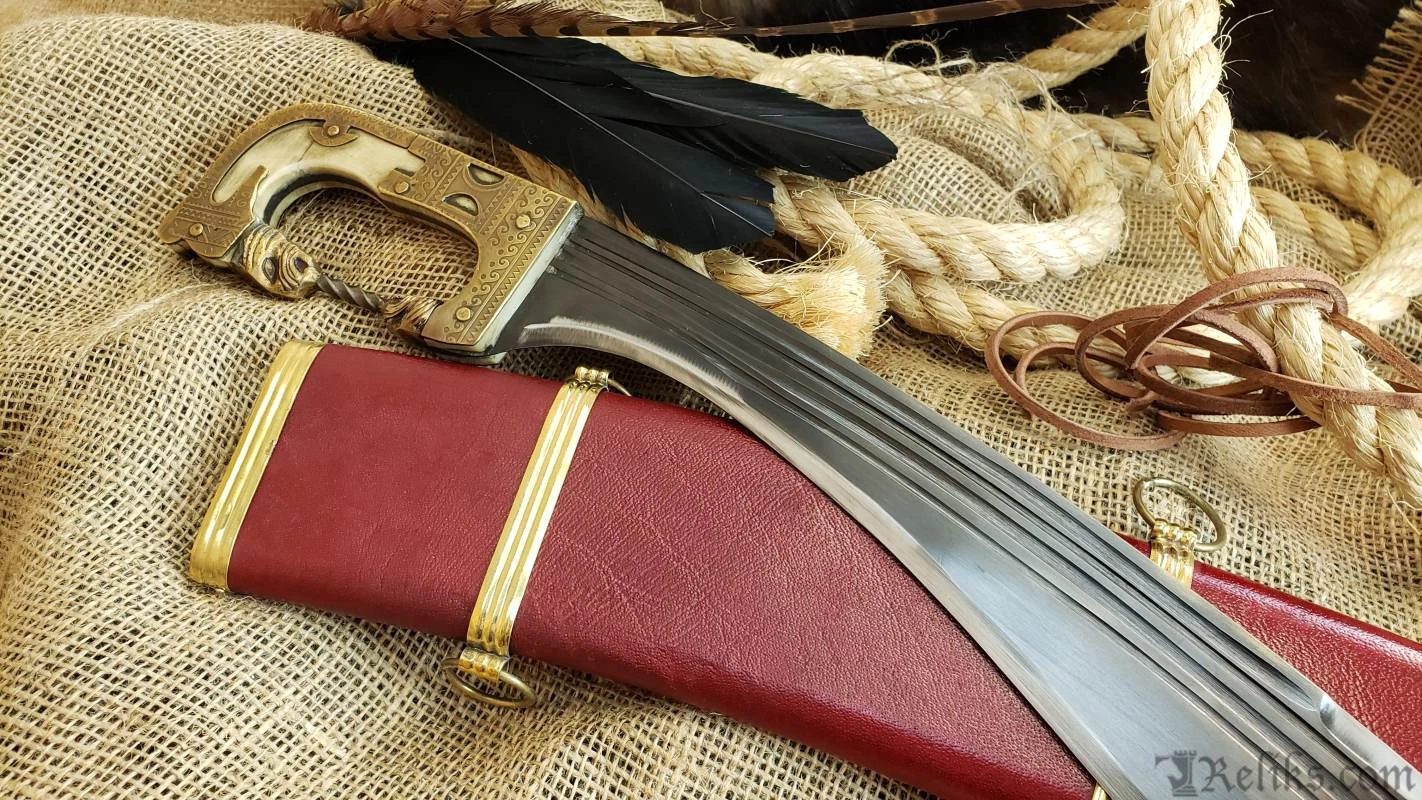
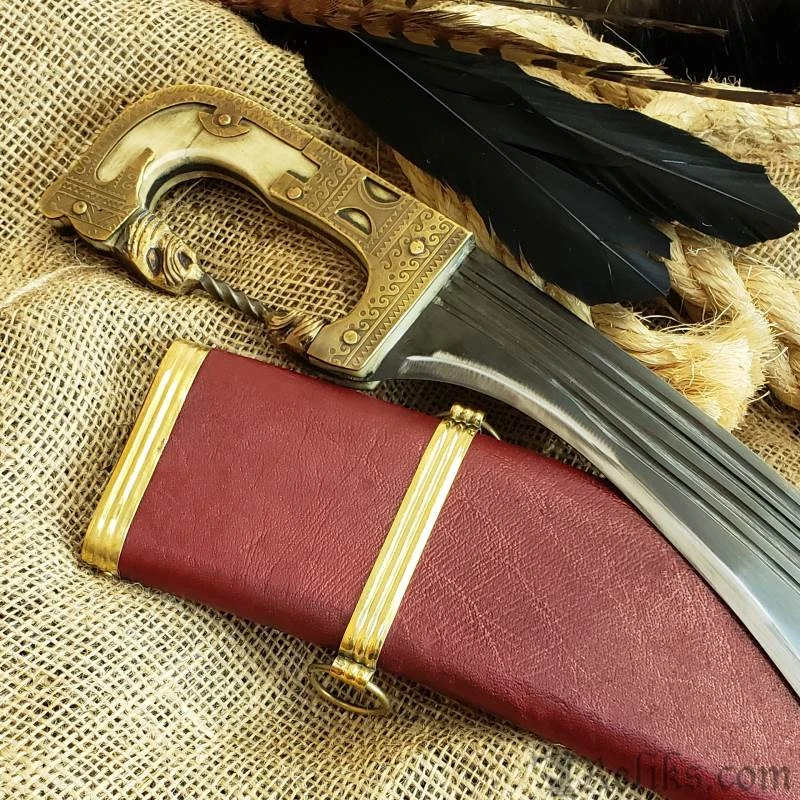
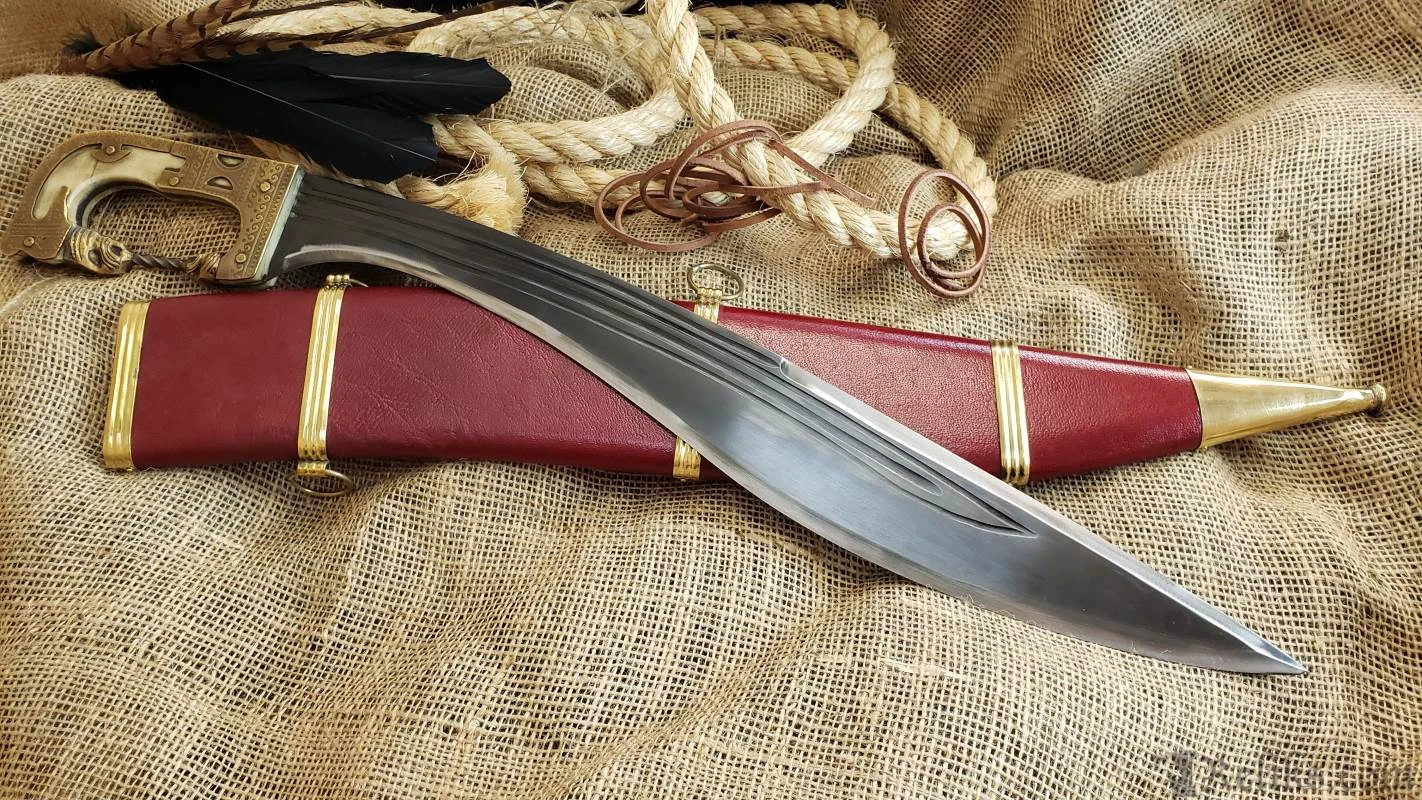

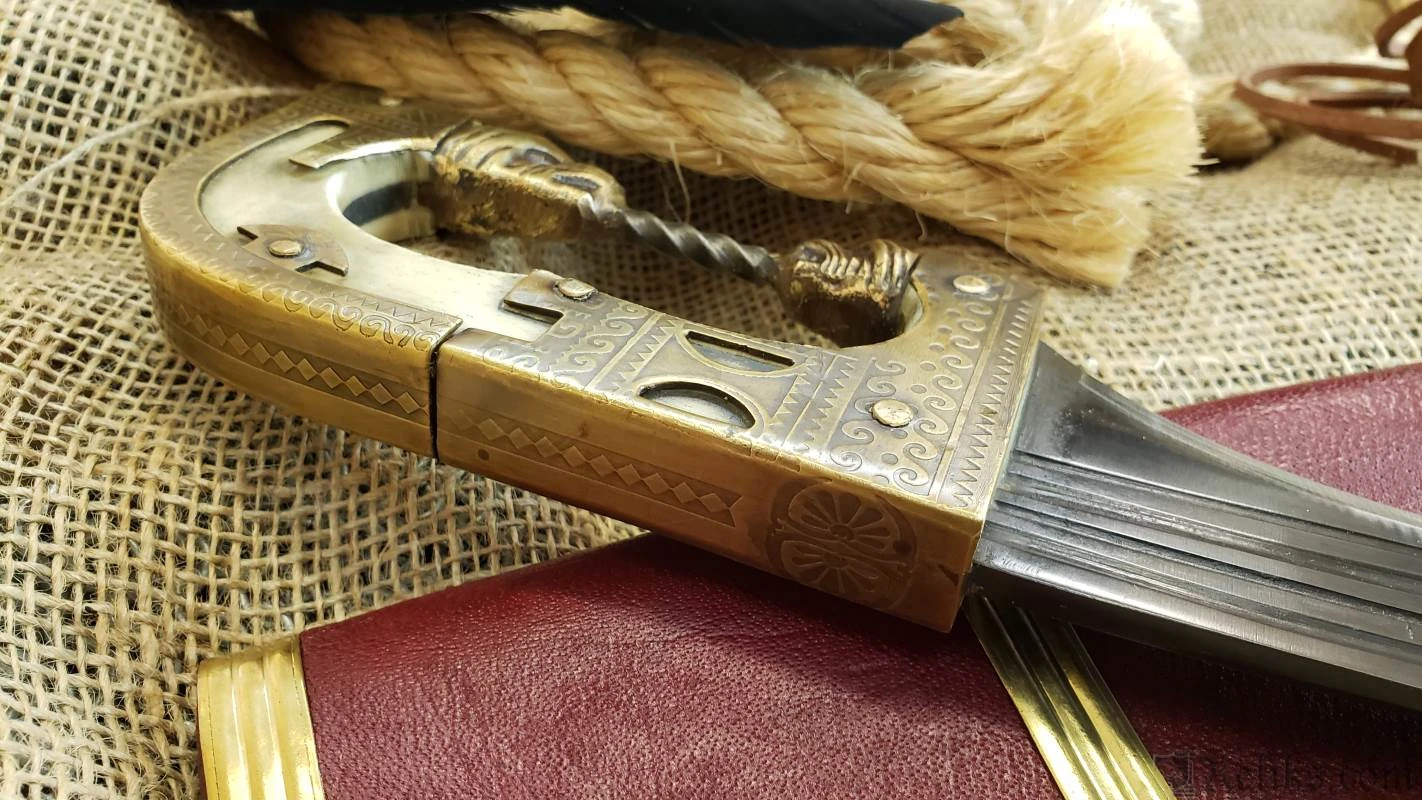
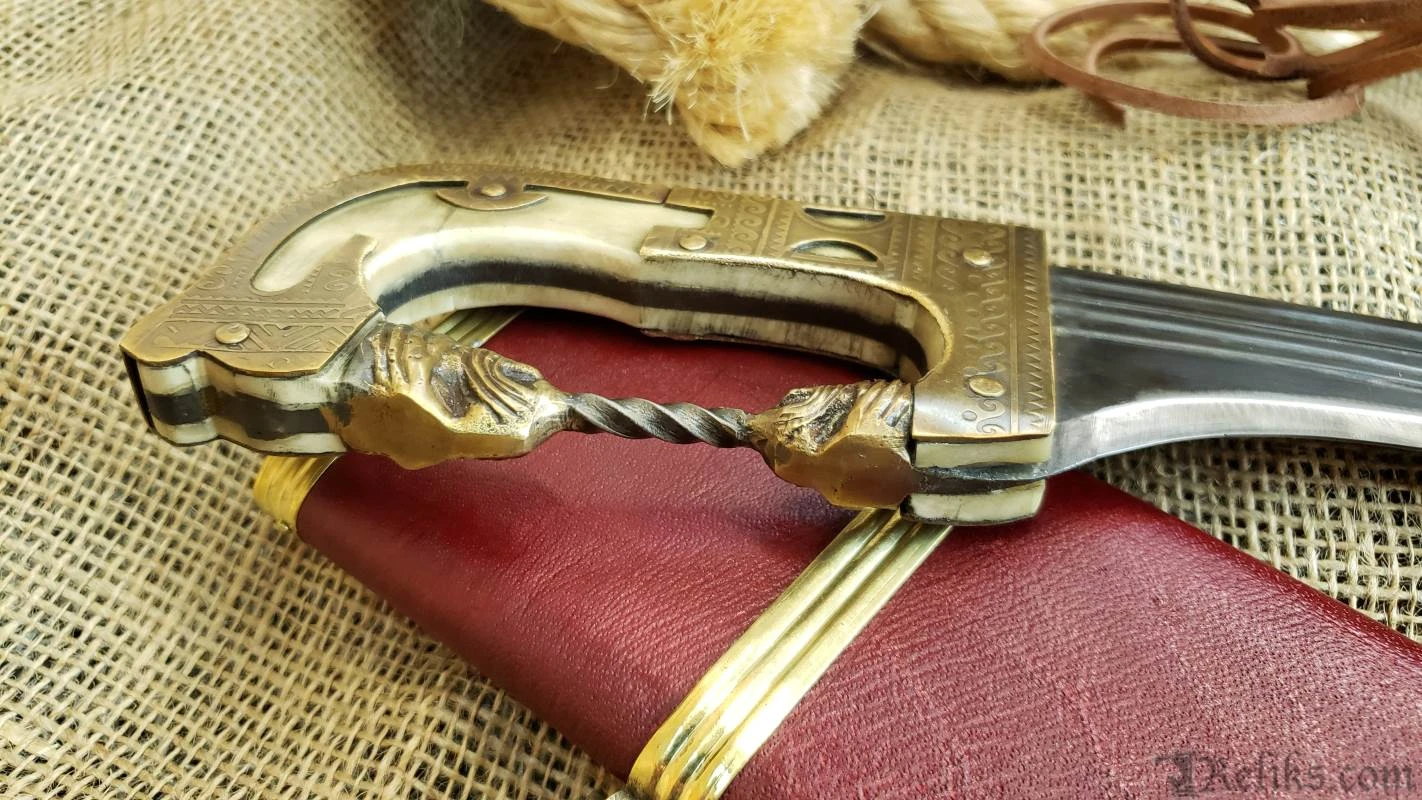

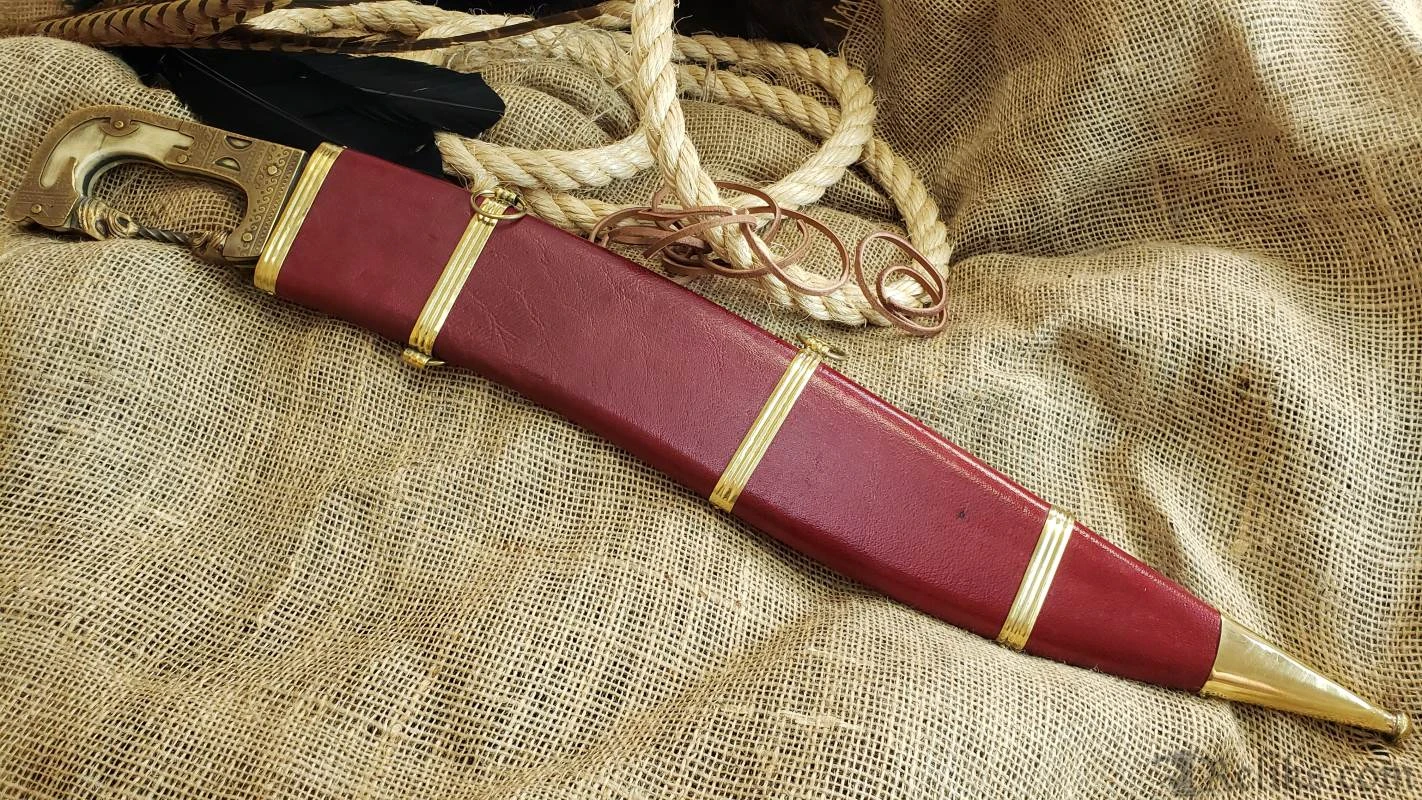

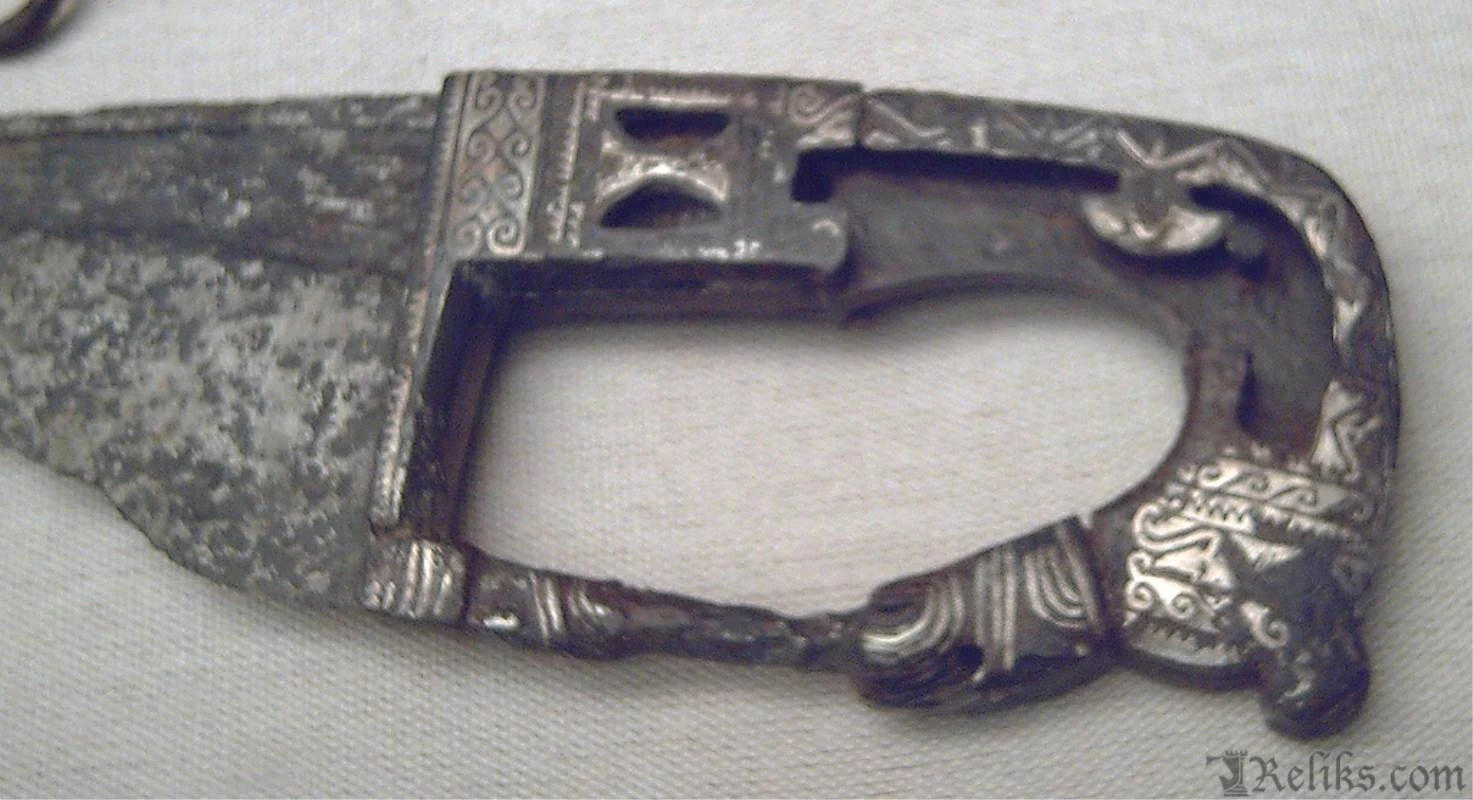

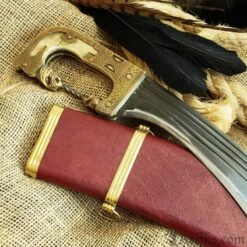
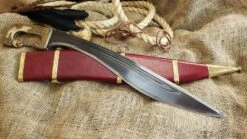

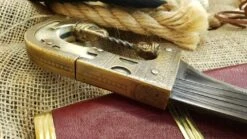
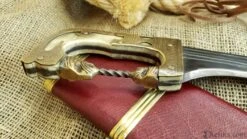


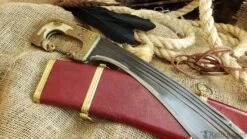
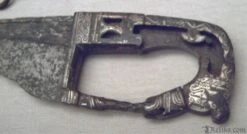
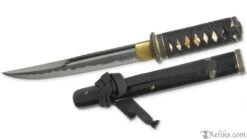
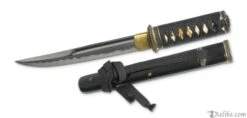



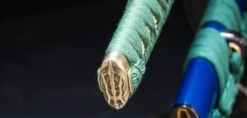

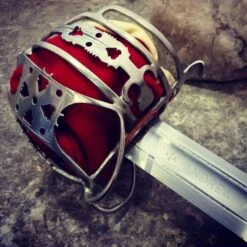
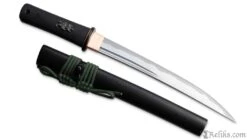
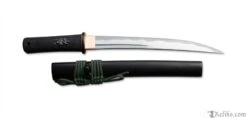

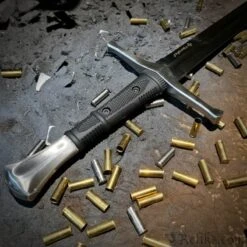

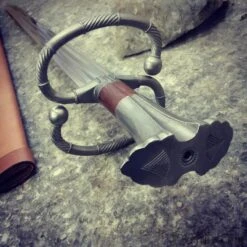


Reviews
There are no reviews yet.